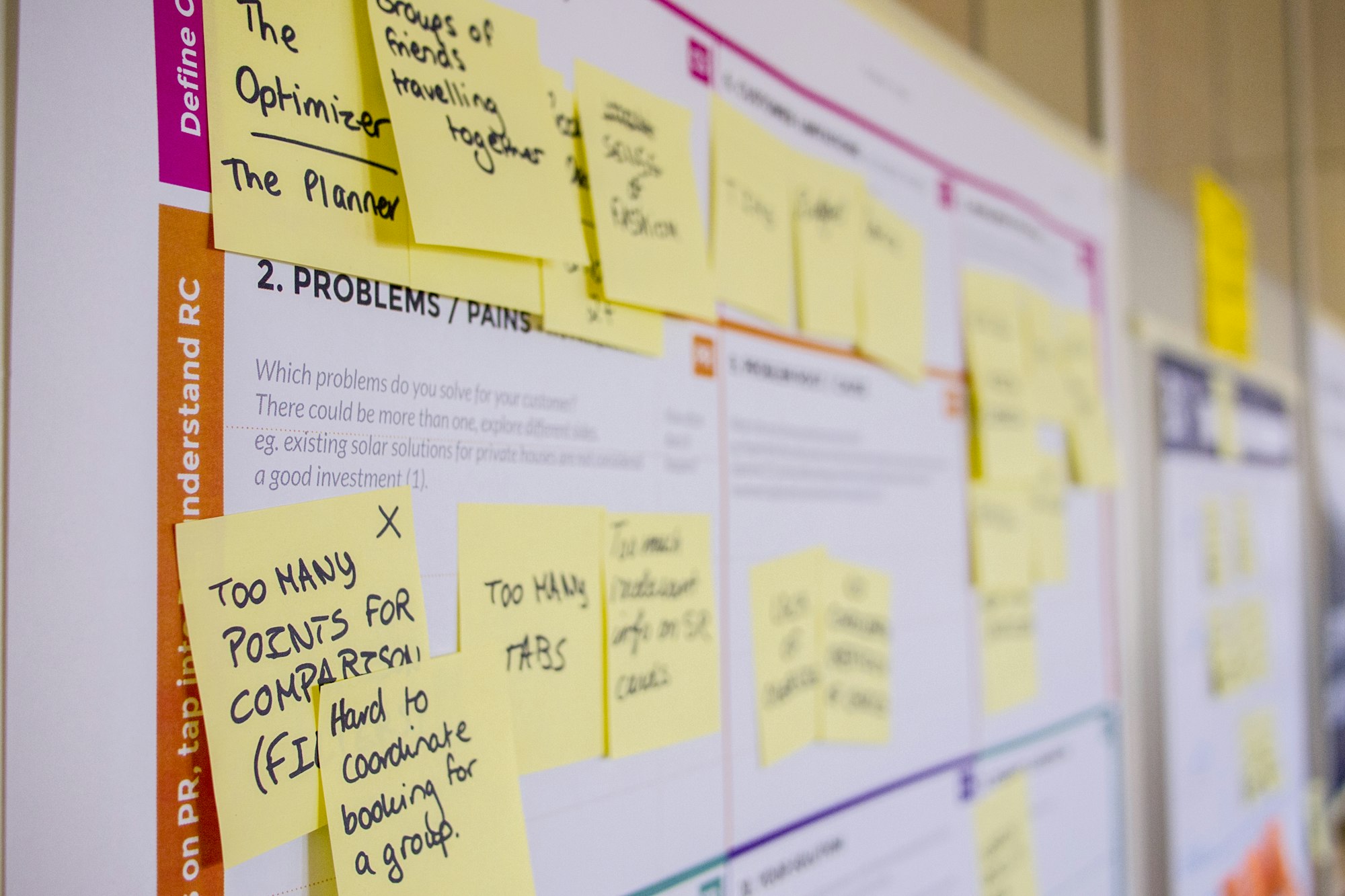The what, how and why of user personas to prove their value in UX design
As a UX designer, one understands the customer needs, empathizes with them before completing the design structure. Creating user personas has proved to be one of the successful ways to achieve it. A persona is a fictional user creation, based on the user research and the target audience, that shows the types of possible users and their individual preferences.
This helps the designers create concrete agendas and increases the quality and consistency of their work. There are arguments against this viewing it as a waste of time and something merely fancy and decorative. If used in the right proportion and method, it effectively elevates the design process carrying a critical eye and adding more curiosity to the process.
Are personas effective?
In short, it is. The user research leads the designers to thousands of people and characters with varied range of requirements and expectations. User persona lets the designers categorize them and deal with each category at a time. This makes the process more disciplined, concentrated and manageable enabling them to create designs for a broader audience and not specific people. It also allows the designers to communicate the trends with the others. According to Marketing Insider group, 93%of the companies who exceed their revenue have created user personas in their database.
How to create user personas?
The following are the basic steps to be followed to create user personas.
- Interview adequate number of people to understand their requirements and create a database using this and the pre-existing knowledge.
- Draft the outline of the kinds of users and categories them based on the data collected.
- Define the user needs, motivations, aspirations, values for each category. It is also important to create possible scenarios and usage of the product to resolve a problem.
- A persona includes a user name, age, gender, job/profession, scenario, a stock image photograph, relevant demographic details, goals, fears, etc., depending on whatever is applicable to the product.
- Create user-centered designs based on the number of personas created. The ideal number of personas can be anywhere between 3 and 6.
- Share the models with the team members and communicate your ideas.
Why is user persona important?
1. Empathise with the users
User persona informally started with Andy Cooper in the mid-80's where he created fake characters and acted as them to think from their perspectives. This act helped him understand various needs of the users and build the product. This is done with far more advanced technology today and the very first thing to do after market research is to identify the needs of possible users. To do that, viewing everything from their point of view plays a major role. This humanizing the target audience lets them define their behavior, pattern, needs and preferences. This creates more meaningful brand experiences.
2. To have focused targets
Categorizing the users and creating the personas will demarcate the focus on for whom the product should be designed. There could be one user whose requirements may confuse the designer as it sounds unique. A product is not for a specific someone and rather generic. Focused targets keep the designers within the loop and prioritize user needs. This improved functionality can result in better experience for majority of the users. The “elastic user” with a unique preference may be focused on at a later period with better research on their requirements.
3. Make concrete decisions
Once the who is decided, the what comes into question. Now that the receivers’ nature is known, what to design for them is finalized. Concrete decisions on what is useful and what would give their product an edge can be made without much hassle. And if there are disagreements, defending these decisions will be scientific and reasoned out easily. Such logical backings help one attain the right design for the users. This is applicable to all forms of digital experiences like mobile, apps, demos, social media, etc.
4. Measure effectiveness
Personas can be used as a prototype of user experience to measure how effective the design will be in the hands of the users. This saves time spent in testing a product or a design. In Thomson Reuters, 72% of lead conversion time was reduced. This can also be used in marketing strategies using more relevant concepts and messages to reach the users immediately. Some companies involve play-acting method where employees assume the characters of the persona and try to use the design. Intel was able to surpass campaign target by 75%, thanks to user personas.
5. Greater communication and consensus
Different individuals and teams bring multi-faceted knowledge into a design. This means the culmination point of their knowledge should be less chaotic and clearer to get a desired result. This shared knowledge keeps everyone informed of the agendas and the goals clearly from the beginning. Every finding is documented and shared at all stages. This avoids discrepancies in communication and also maintains transparency throughout the process. For instance, an app targeting food buyers should include characters like bachelors, a regular employed citizen with long working hours, a family simply enjoying a weekend without cooking, a party host, etc., to cover a wide range.
User personas should be inclusive of characters who are potential users. Biases should be avoided from the beginning to reach a wider audience and maintain the ethics of releasing a product in a market. This method empowers the employees by helping them foresee the effectiveness and the depth of their design even before the process begins. This powerful tool allows the UX designers to have the users at the heart of their creation achieving complex results with a simple process.
